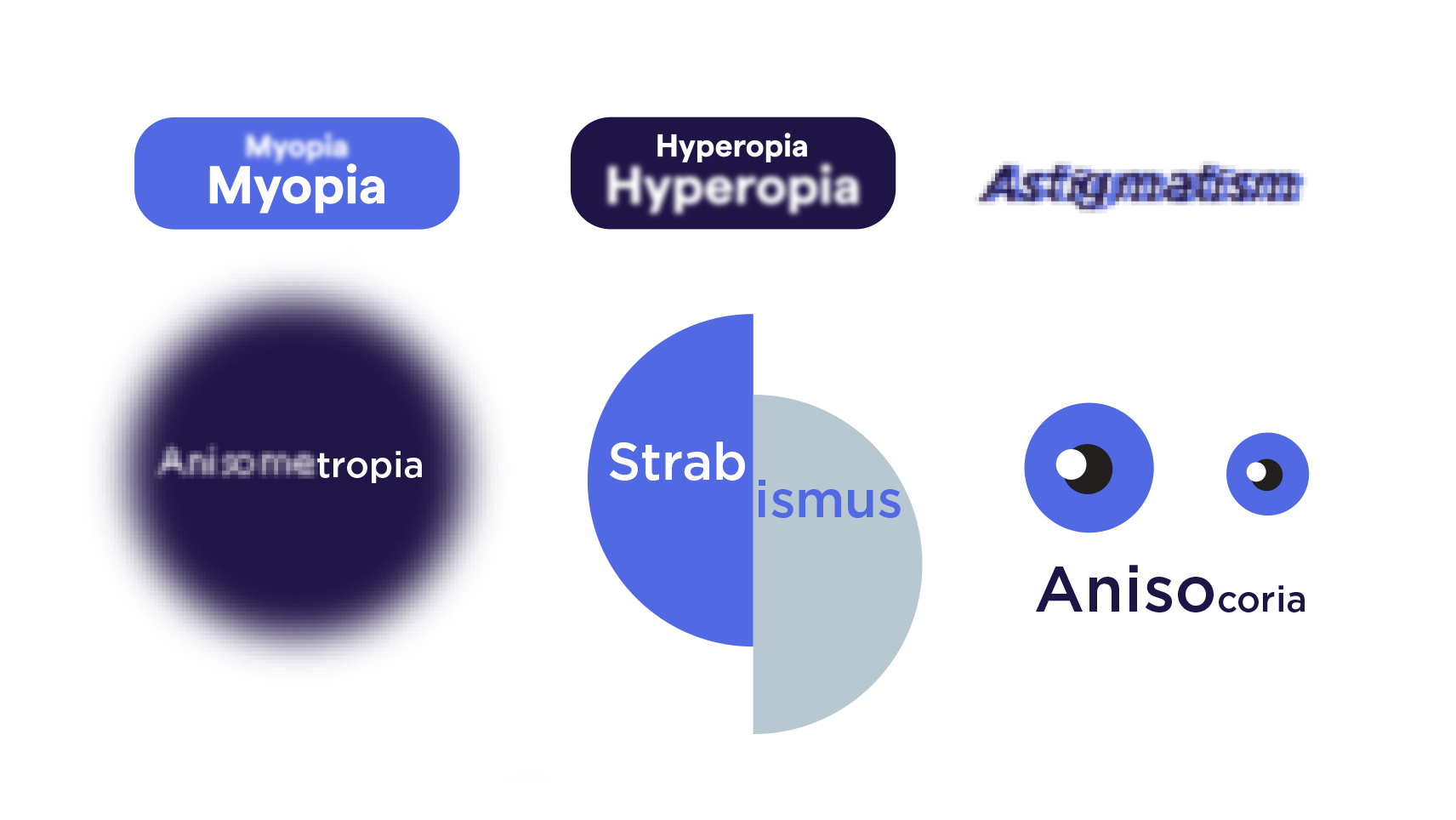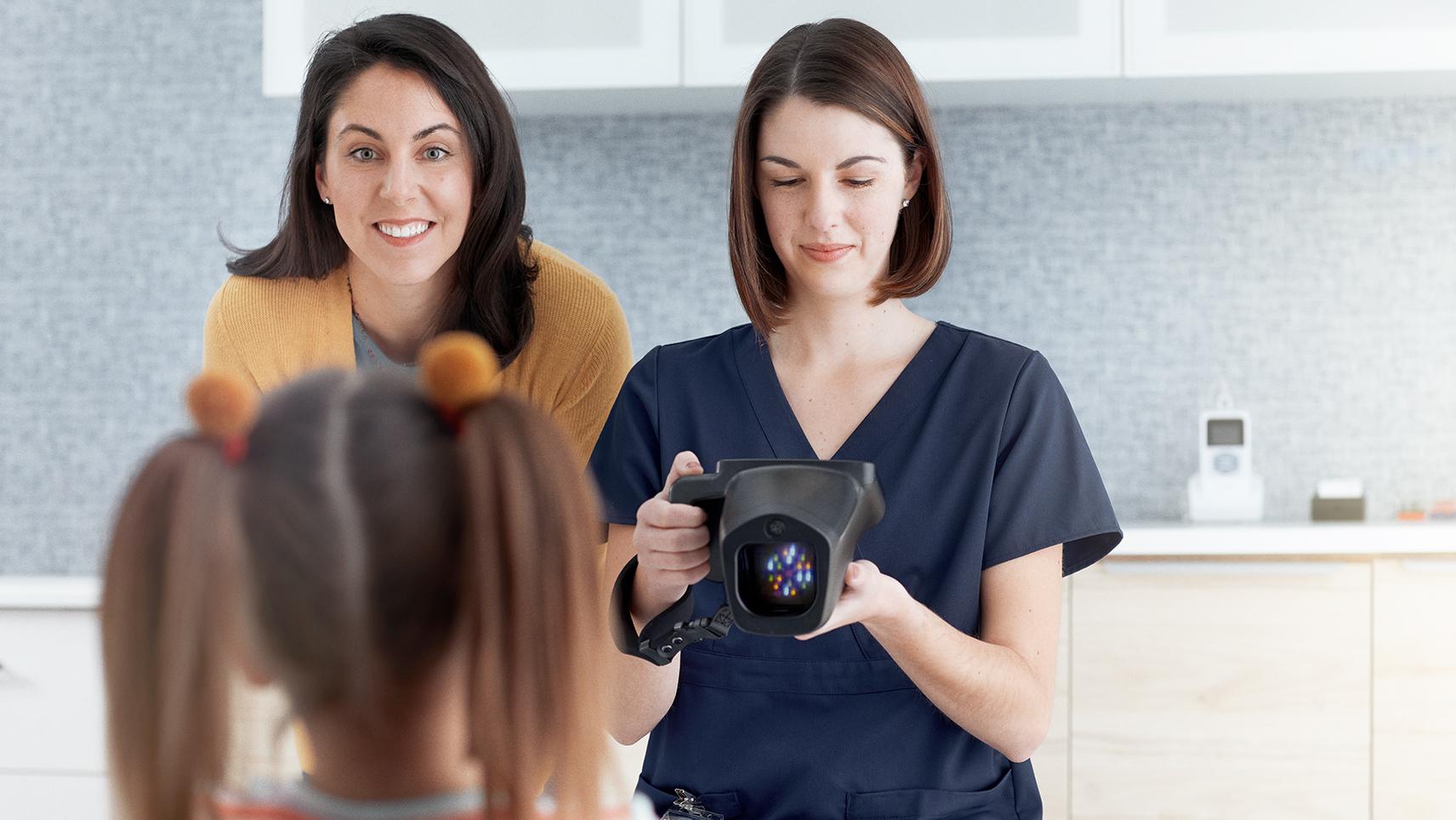close
keyboard_arrow_left
Solutions
close
keyboard_arrow_left
Products
close
-
Smart Beds & Surfaces keyboard_arrow_right
-
Patient Monitoring keyboard_arrow_right
-
Care Communications keyboard_arrow_right
-
Surgical Workflow & Precision Positioning keyboard_arrow_right
-
Diagnostic Cardiology keyboard_arrow_right
-
Physical Exam & Diagnostics keyboard_arrow_right
-
Vision Screening & Diagnostics keyboard_arrow_right
-
Safe Patient Handling & Mobility keyboard_arrow_right
-
View All
Surgical Workflow & Precision Positioning
View All
- Surgical Tables
- Precision Positioning Table Accessories
- Equipment Booms
- Surgical and Examination Lights
Physical Exam & Diagnostics
See All
- Thermometry
- Blood Pressure Cuffs
- Blood Pressure Measurement
- Physical Exam Systems
- Ear Examination
- Eye Examination
- Hearing Screening
- Nose & Throat
- Physical Exam Sets
- Power Handles
- Stethoscopes
- Scales
- Procedural Lighting
- Women's Health
- Endoscopic Exams
- Veterinary
keyboard_arrow_left
Services
close
keyboard_arrow_left
Knowledge
close
keyboard_arrow_left
Profile
close
- Advancing Connected Care
- Education and Evidence
- article
- How to Choose the Best Pediatric Vision Screener



